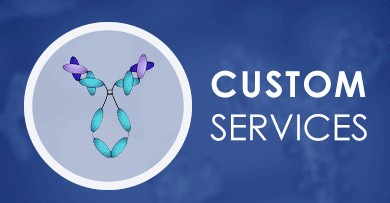+ Filter
 Loading...
Loading...

CRYZ
 Loading...
Loading...Anti-CRYZ Products
-
- Species Reactivity: Human
- Type: Mouse antibody
- Application: ICC, IF, ELISA
-
- Derivation: Phage display library
- Species Reactivity: Human
- Type: Rabbit IgG
- Application: WB, IHC-P, ICC, IF, IP
Can't find the products you're looking for? Try to filter in the left sidebar.Filter By Tag
More Infomation
Our customer service representatives are available 24 hours a day, from Monday to Sunday. Contact Us
For Research Use Only. Not For Clinical Use.
Background
Crystallins are separated into two classes: taxon-specific, or enzyme, and ubiquitous. The latter class constitutes the major proteins of vertebrate eye lens and maintains the transparency and refractive index of the lens. The former class is also called phylogenetically-restricted crystallins. This gene encodes a taxon-specific crystallin protein which has NADPH-dependent quinone reductase activity distinct from other known quinone reductases. It lacks alcohol dehydrogenase activity although by similarity it is considered a member of the zinc-containing alcohol dehydrogenase family. Unlike other mammalian species, in humans, lens expression is low. Alternatively spliced transcript variants encoding different isoforms have been found for this gene. One pseudogene is known to exist.
Protein class
Enzymes, Metabolic proteins, Plasma proteins
Predicted location
Intracellular
Single cell type specificity
Cell type enhanced (Proximal tubular cells, Distal tubular cells, Hepatocytes, Collecting duct cells)
Immune cell specificity
Low immune cell specificity
Cell line specificity
Cell line enhanced (RPTEC TERT1)
Interaction
Homotetramer.
Molecular function
Oxidoreductase, RNA-binding
More Types Infomation



